Old, and Some New, Photographs of Woodbridge & Melton
This is the earliest image showing the buildings around the junction of Lime Kiln Key Road and The Throughfare.
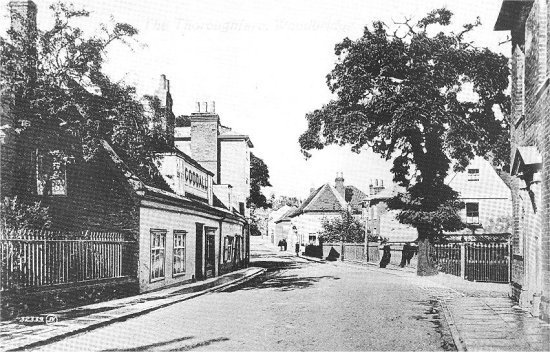
The iron foundry was built some time between 1850 and 1881. It started as Bendall's Agricultural Implements and Engineering Works which initially produced foot ploughs; other agricultural implements and machines; carts; and iron and wire fencing. By the mid 1880s the company was in the hands of Mr L A Scott who started to produce a range of gas fittings and gas scrubbers. In 1889 he patented a "gas or oil burning hot water warming portable stove. The invention is a thoroughly practical and valuable one, the stove conveying warmth where circulating pipes and boilers would prove too costly. Ventilation and purity of atmosphere is ensured, thereby recommending itself to householders and others for economy, safety, utility, and health." In 1891 Scott departed carry out extensive works in the island of Porto Rico. The business and the its 32 employees were left in the hands of his sons. The Foundry closed in 1894.
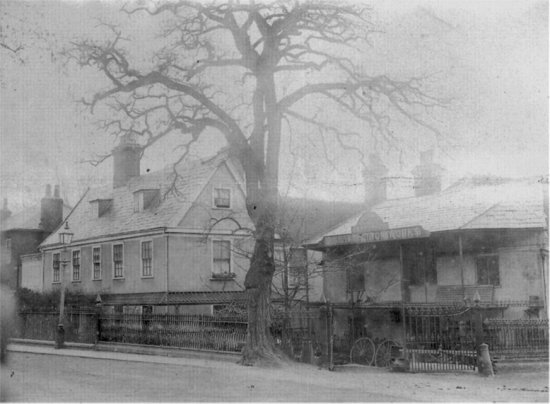
In 1909 the former foundry site was taken over by Adams Cycle and Motor Works – the makers of the St John pedal cycles- and the first business to cater for motorists in Woodbridge. (Mr A Adams had previously operated from a shop on the Thoroughfare.)
From 1925 Potter & Bensley motor engineers occupied the former foundry site. It was subsequently used by agents for agricultural equipment and then as a petrol station, car show room and workshop.
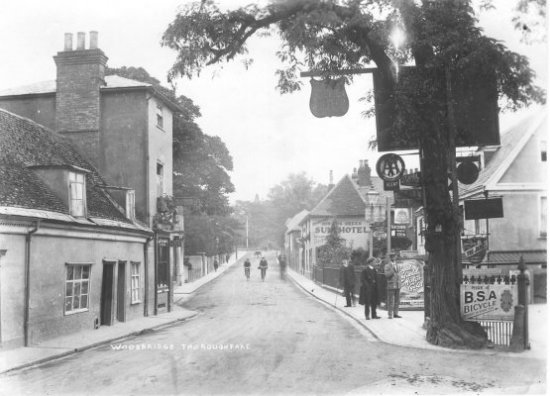
The petrol pump has arrived.
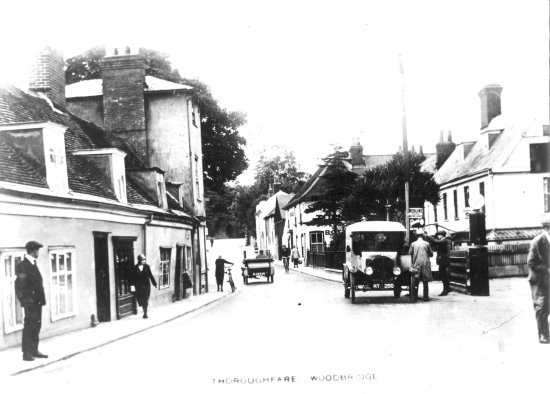
The next stage was to demolish the elegant timber framed house to the left of the show room in order to expand the latter.
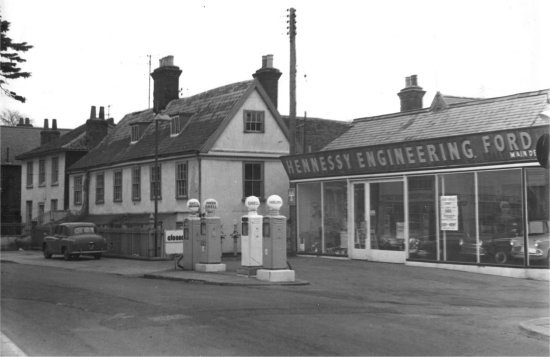
This once elegant timber framed building was demolished the early 1970s.
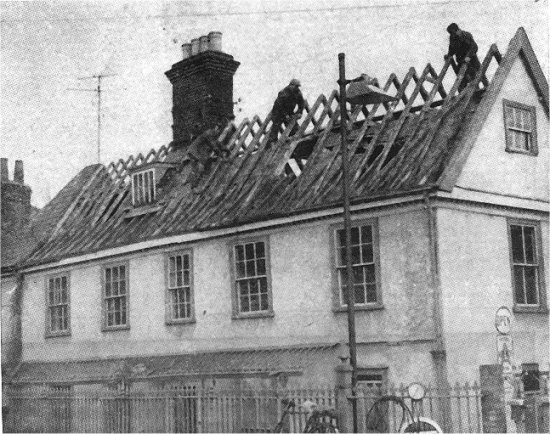
Hennessy Engineering took over A H Potter's enterprise in 1964 and eventually expanded the showroom by demolishing an elegant house on the Thoroughfare. When the Thoroughfare bypass was completed in 1976 the entrance to Lime Kiln Road had to be widened. To do so the two storey brick building which used to abutted the Red Lion public house had to be demolished.
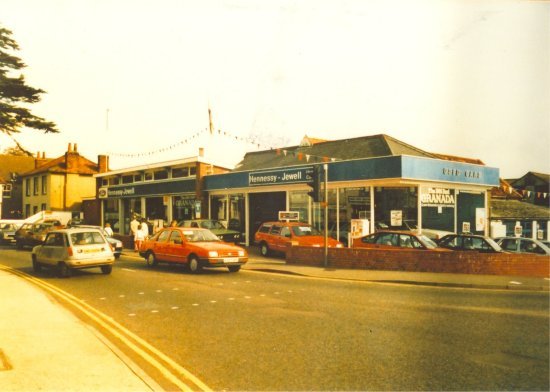
The most recent change to the Lime Kiln Road area occurred in 1989 when the petrol station, car showroom and garage at the on the corner of the Throughfare and Lime Kiln roads were demolished. The site was thenused for Suffolk Place, a complex of retirement flats, houses, garages and parking spaces.
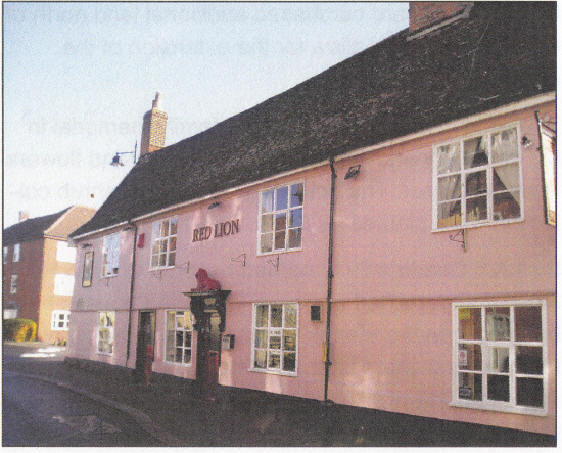
All the changes which have occurred since the Thoroughfare bypass was built are summarized in the map on the right. It show the area around Lime Kiln Quay Road area in 2011. The colour coding of the buildings indicates when they were built.
During the Second World War, the National Fire Service moved the fire station from Cumberland Street to the what was then open space on the northern side of Deben Road. The building was only of temporary construction and, in 1961, the brigade moved to the new location in Theatre Street. Soon after houses were built on the vacated site.
The most recent change to the Lime Kiln Road area occurred in 1989 when the petrol station, car showroom and garage at the on the corner of the Throughfare and Lime Kiln roads were demolished. The site was then used for Suffolk Place, a complex of retirement flats, houses, garages and parking spaces. At the same time an adjoining plot of land on Deben Road was used 11 houses. The final change occurred in 2011 when a second house was built on the large plot abutting the car park.
For many years Deben Road had provided access to Sun Wharf from the Thoroughfare but in 1976 bollards had been erected at the end of Deben Road to block access by vehicles.
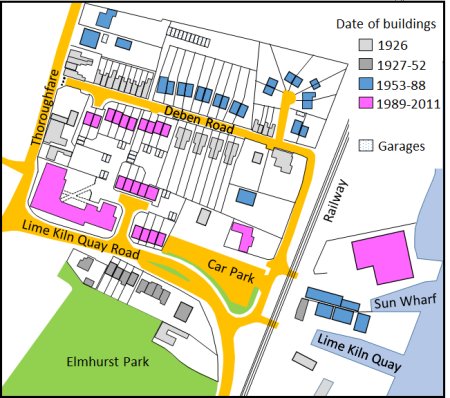
Phot076 Previous photograph in this series